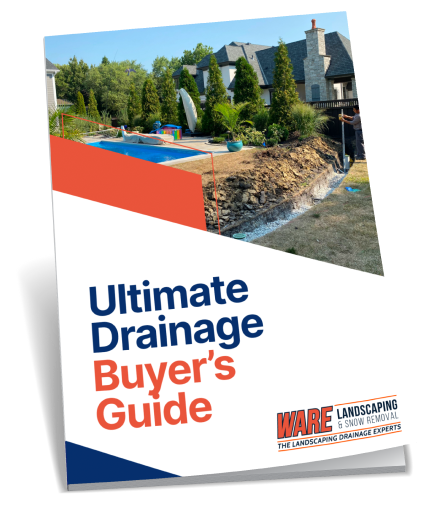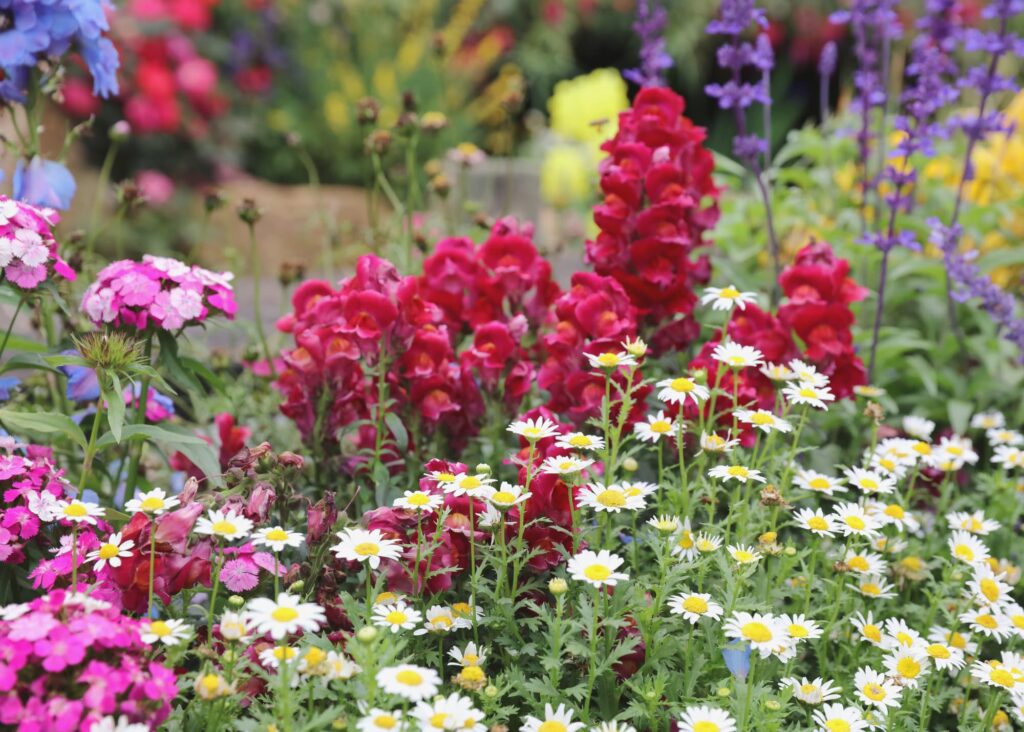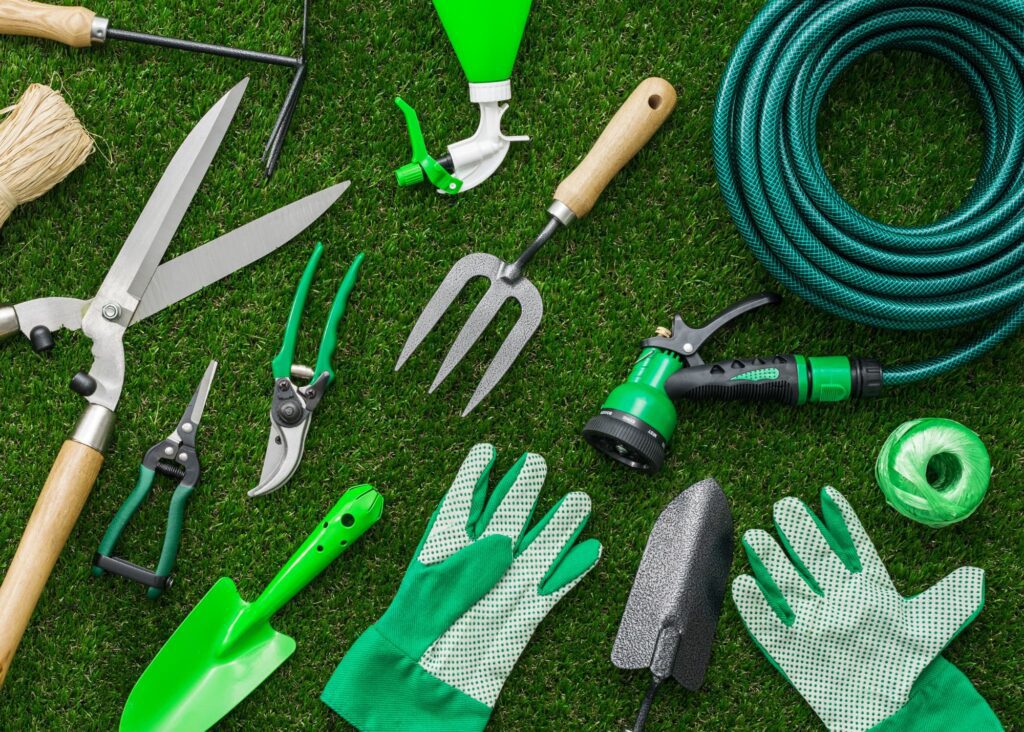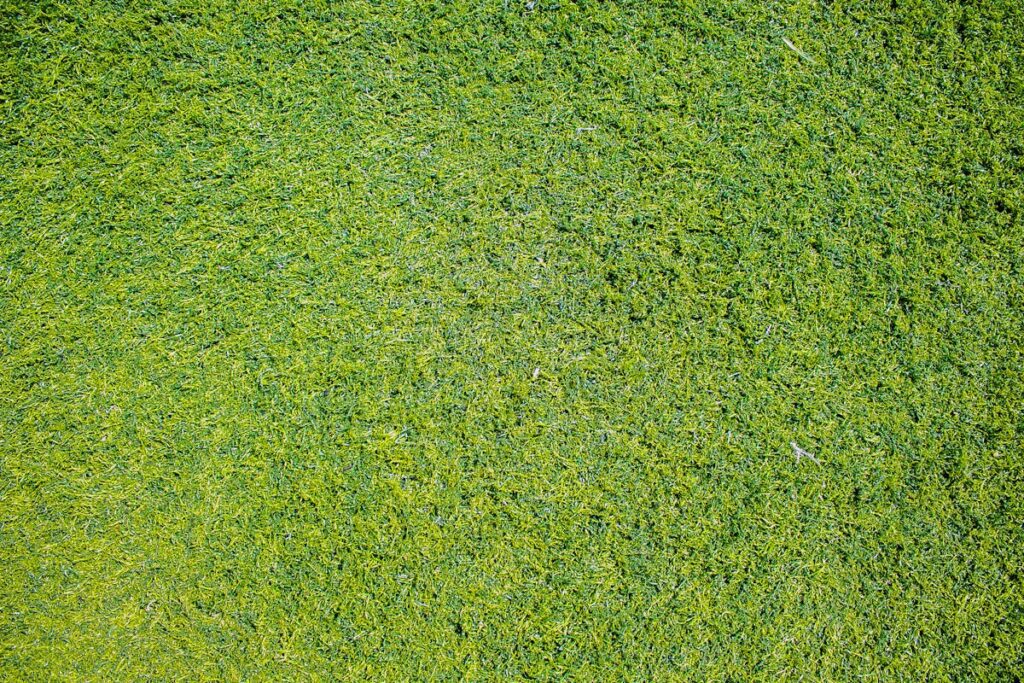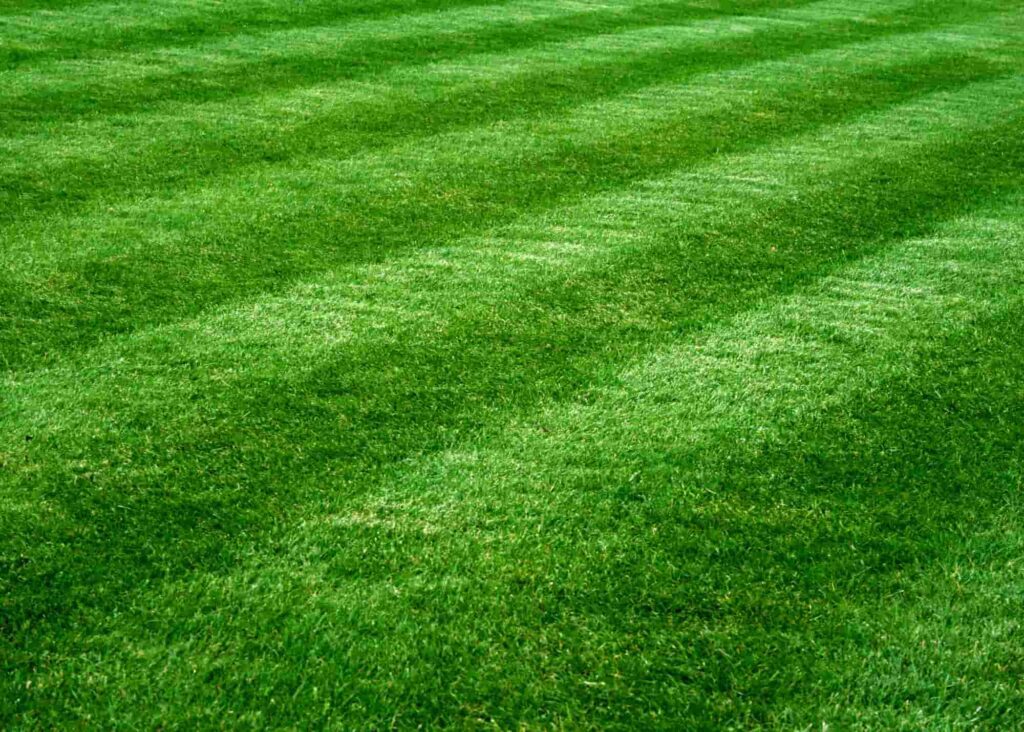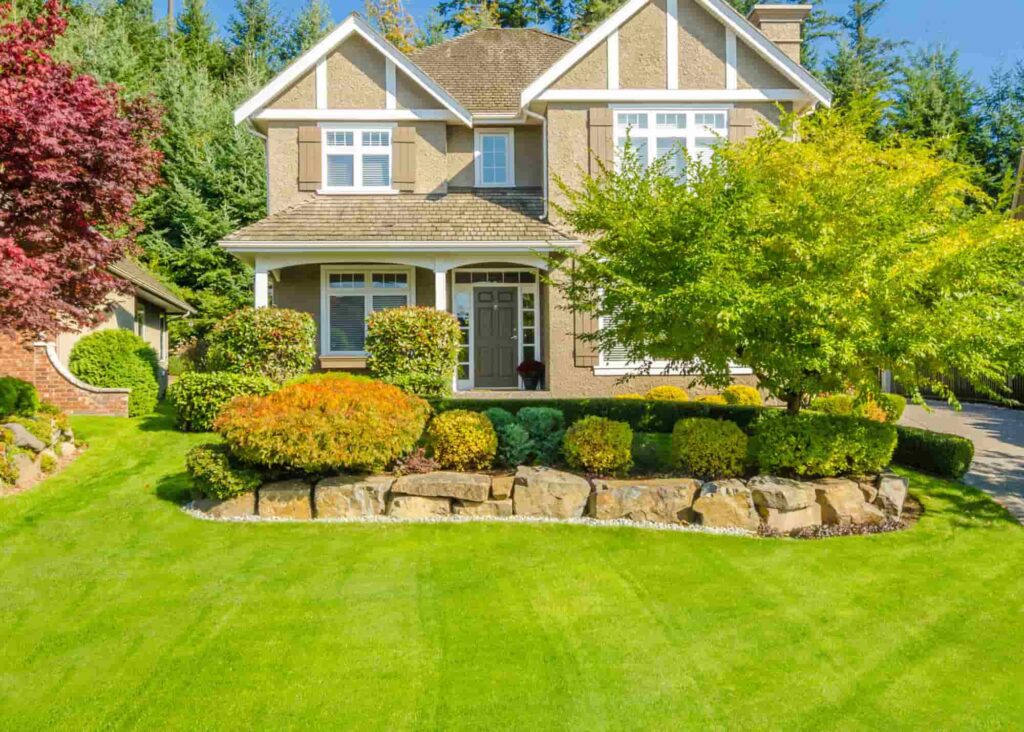Gardens Made Easy: Low-Maintenance Ideas
What if you want to have a beautiful garden but don’t have a lot of time to spend planting, weeding, edging, watering, landscaping, and doing all of the other essential gardening tasks?
That’s when you need some of our favorite low-maintenance garden ideas! As professional landscapers, we love to tackle big projects, but we also know the value of having a beautiful and manageable home garden.
Why are low-maintenance gardens a good idea?
Low-maintenance gardens are great for so many reasons! There are plenty of people who benefit from a simpler approach to gardening.
Let’s think about some of the excellent reasons why homeowners may choose an easy-to-maintain garden instead of some kind of expansive landscaping plan.
Limited time
Plenty of people have big demands on their time, and little room to add gardening tasks to their daily or weekly responsibilities. Maybe you have an intense work schedule or a long commute. You might spend a ton of time taking your kids to school, sports, and other activities.
Physical limitations
Some gardening ideas are easier and more accessible for people with disabilities or physical limitations. Mobility issues don’t have to take away your option to have a beautiful or fruitful garden. If you have physical limitations, look for ideas that reduce the need for lifting, bending, and other strenuous activities.
Experience level
Beginner gardeners often benefit from starting with a more attainable plan for gardening. You don’t have to know how to do everything at once! In fact, learning a little bit more every year is a great strategy.
Tight budgets
Low-maintenance gardens require less of a financial investment. You don’t have to skip the benefits of a garden just because you need to stick to a budget. You can have a simple but attractive garden through many of these ideas!
Aesthetic preferences
Some prefer a large, impeccably maintained garden with exotic plants and unusual trees and shrubs. But that’s not for everyone! There are many people who prefer the wild, natural look of native plants and grasses. Less maintenance lends itself perfect to some aesthetics!
The bottom line is that low-maintenance gardening makes the passion of gardening more enjoyable for many people. This approach to gardening focuses on strategic plants and methods to limit work and maximize rewards.
8 of Ware Landscaping’s favorite low-maintenance gardening ideas
We are excited to share 8 of our favorite low-maintenance gardening ideas that can work for just about anyone! Let’s talk about how to make it easy to create a garden you can enjoy.
Raised Beds
A raised bed, sometimes called a garden box, elevates the soil so that you don’t have to bend down as far when you take care of your plants.
Raised beds are available in many styles and materials. They can be built right on the ground, or they can be elevated so that you don’t have to bend over at all to plant, weed, or harvest. Common materials include:
- Cedar
- Other sturdy wooden planks
- Recycled plastic
- Bricks
- Corrugated metal
If you are on a budget, you can even use scrap material from other projects, such as cinder blocks, patio pavers, fallen limbs, and straw bales.
Because you don’t walk in a raised bed, the soil avoids becoming compacted. This means a less labor-intensive process to get ready for spring planting! Raised beds are great for flowers, vegetables, herbs, and almost anything you want to plant.
Drip irrigation
A drip irrigation system takes some effort to put together, but once it is installed, you have to do far less watering of your garden. Drip irrigation systems deliver water slowly but directly to the plant’s roots.
It’s a great strategy for water conservation, too! The water goes directly to the roots of the plant, and you waste a lot less water overall.
We like to recommend drip irrigation to people who travel a lot or are frequently away from home. All you need to do is connect your irrigation system to a timer. That way, you know exactly when your plants are getting water, and how much water they are getting.
Native plants
If you are trying to figure out what will thrive in your garden, look no further than the list of native plants in your area. A plant is considered native in the US if it grew in a place before the colonization of North America. This means that native plants have had hundreds of years – if not more! – to adapt to the area’s ecosystem, climate, and other environmental factors.
Native plants are hardier, require less water, and are easier to grow. They are a great option for people who are new to gardening and want to start with some particularly accessible plants.
Some native plants that do particularly well in Illinois are:
- White Yarrow: Perennial flower that thrives in full sun and drier conditions. Has fern-like leaves and flat-topped clusters of small white flowers. Attracts pollinators.
- Sweet Flag: Clump-forming, grass-like herb that grows well in moist soil and shallow water. Has a sweet, spicy fragrance. Provides habitat for birds.
- Northern Maidenhair Fern: Delicate fern with lacy, light green foliage. Requires consistently moist, humus-rich soil and partial to full shade. Goes dormant in winter.
- Anise Hyssop: Upright perennial with fragrant, licorice-scented leaves and purple flower spikes. Thrives in average to dry soil in full sun or part shade.
- Ladies Leek: Early spring wildflower. Bell-shaped, nodding flowers on a thin stalk. Grows in rich, moist woods and floodplains. Dies back by summer.
- Prairie Serviceberry: Large shrub or small tree with white flowers in spring and edible red berries in summer. Tolerates variety of conditions but prefers full sun.
- Blue Star: Clumping perennial that blooms with light blue flowers in spring. Does best in well-drained soil in full sun to part shade. Remove spent blooms.
- Meadow Anemone: Delicate white flowers on plants 6-12″ tall. Grows well in moist prairies, meadows and open woodlands. Spreads by rhizomes.
- Canadian Columbine: Attractive perennial with red and yellow bell-shaped blooms. Self-seeds readily. Thrives in light to moderate shade.
Perennials
Do you want to avoid the stress of replanting your flower garden every year? Then the answer to your gardening woes is perennials!
Although investing in perennials has a higher initial price point than annuals, you get the benefit of seeing them return year after year with minimal work on your part. Some of our favorite perennials for low-maintenance gardens include:
- Daylilies: Spread rapidly and come back with almost no work
- Russian Sage: thrives in rocky soil where other plants struggle to grow
- Lavender: needs little water and looks great in a border or hedgerow
- Sedum: looks like a succulent and is lovely even when it’s not in bloom
- Salvia: comes in a great variety of colors
- Iris: great if your yard is shady
Containers
Containers, like raised beds, allow you to have plentiful flowers without too much effort. For an easy garden, give this strategy a try!
Soil quality is key, so fill pots with a premium potting mix that drains well and nourishes plants. Choose compact annuals or perennials suited to containers that don’t require frequent watering or pruning. You can arrange pots on patios, walkways and entryways for a pretty pop of color.
Container plants are perfect for those with limited space, poor soil or inability to tend traditional beds. Just make sure to use containers large enough to help retain moisture. With the right plants and soil, container gardening is an effortless way to add beauty.
Low-mow grass
For a lush lawn that doesn’t require frequent mowing, select a slow-growing grass variety. Fescue is a great option that looks lush but only requires mowing 4-5 times a year. If you don’t mind a shaggy look, you may be able to get away with even less mowing. The types of lawn you choose are also important, so you should find out if organic lawn is better and you can take care of it.
Gardening tools
Investing in quality tools makes gardening so much easier and more enjoyable! When it comes to bypass pruners, garden spades and forks, trowels, hand cultivators, shears, and rakes, choose ergonomic handles that fit your hand comfortably. This will reduce strain.
Cushioned grips feel better than cheaper ones without any sort of comfort cushioning. Lightweight hoses are easier to move around your garden than heavy ones. High-quality tools that you keep sharp will require less force and effort.
Sturdy, well-designed tools make tending your garden so much easier!
The easiest solution to low-maintenance gardening: hire the team at Ware Landscaping to do it for you!
If you are ready to enjoy the beauty of a captivating garden without the hassle, contact Ware Landscaping today for a free consultation.
Discover how we can transform your Naperville-area home or business into an enchanting oasis that demands low or even no maintenance! You don’t have to have endless amounts of time, energy, experience, or ability to get your dream garden, because we can do it all for you.


